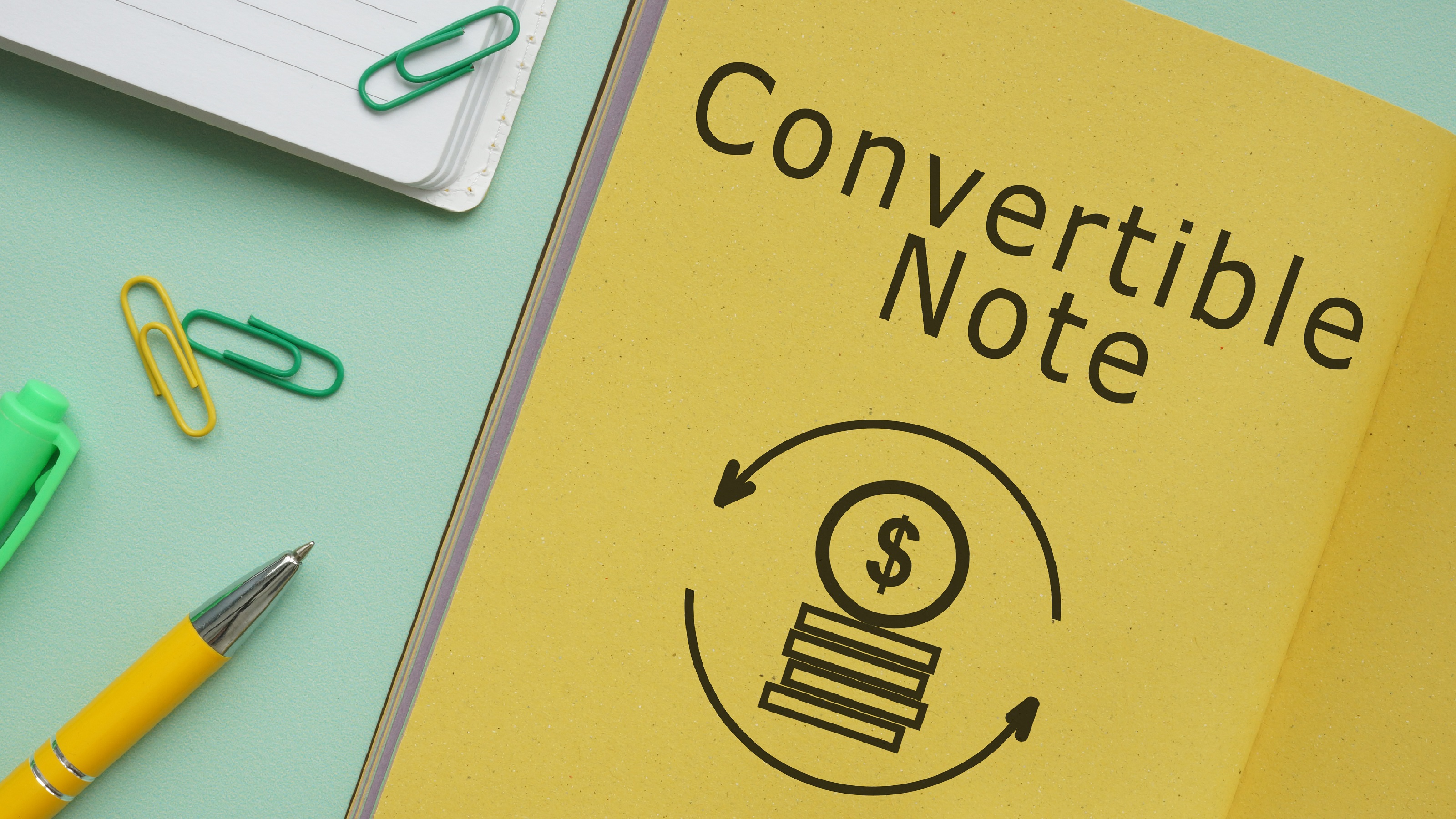Five Tax Moves Retirees Should Consider Before Dec. 31
Now is the prime time to start thinking about optimizing your Roth conversions, RMDs, capital gains, Medicare premiums and charitable giving before the end of the year.


For me, the dread of tax season truly arrives when I start receiving 1099s, W-2s, 1098s, etc., in February. It’s time to gather everything, fill out a painful spreadsheet and write a check to my CPA. The fourth quarter, on the other hand, is fun. This is when you can be strategic. A tax puzzle emerges with, sometimes, very favorable, or very unfavorable, results. The fourth quarter is for tax planning, not tax reporting.
I realize that I’m in the minority in thinking that tax planning is fun. However, the things you do before Dec. 31 are typically what save you the bigger dollars. And saving bigger dollars is fun for everyone.
Here are five things retirees should consider before Dec. 31:

Sign up for Kiplinger’s Free E-Newsletters
Profit and prosper with the best of expert advice on investing, taxes, retirement, personal finance and more - straight to your e-mail.
Profit and prosper with the best of expert advice - straight to your e-mail.
1. Roth conversions ‘in the valley’
The valley is the period between when you retire and when your income streams increase again from Social Security and required minimum distributions (RMDs). The earlier you retire, the more you can live off cash, and the longer you delay Social Security benefits, the bigger this opportunity becomes.
Essentially, during your working years, the largest drivers of your taxable income are your wages and any other business income. When you retire, your taxable income, and thus your tax rates, fall. When you turn on Social Security and start taking distributions from retirement accounts, it pops back up. Hence, “the valley.”
During this time, you can move money from pre-tax retirement accounts into Roth IRA accounts and pay taxes at your current rate. If you think your current rate is lower than your future rate will be, you should work with a professional to evaluate this strategy.
2. Realizing capital gains
If you’d had a crystal ball and invested $1 million at the bottom of the market in 2009, closed your eyes and woken up today, you’d have over $6 million. Few people were that fortunate. However, it is fair to say that the longer you’ve held on to your stocks in taxable accounts, the larger the unrealized gains.
As in the strategy above, you may have a tax valley in your retirement years that allows you to sell some of those winners without paying taxes. Most people understand that we have different income tax brackets. Most people don’t know that we have different capital gains tax brackets. Most people will pay 15% federal capital gains. However, if you fall into the 10% or 12% income tax bracket, you pay 0% capital gains. Once again, consult with your tax professionals to see what is a viable strategy for you.
3. Evaluate Medicare thresholds
I work with several retired CPAs, and for some reason, the IRMAA letters they get drive them up a wall. IRMAA is an acronym that stands for income-related monthly adjustment amount. In plain English, it makes your Medicare Part B coverage more expensive, sometimes significantly so, if you cross certain income thresholds.
The premium is derived from your gross (not taxable) income two years prior. So, as we evaluate our client planning for year-end, we are thinking about 2025 premiums. Unlike most insurance policies, if you pay the highest premium of $560 a month vs. the lowest premium of $165 a month, you don’t get any more insurance. It pays to stay below the adjustment thresholds.
4. Take RMDs/fund retirement accounts
RMDs represent something you must do. Funding retirement accounts is something you can do. Ironically, you can both take money out of and put it in the same account in the same year. The IRS imposes required minimum distributions from your pre-tax accounts at certain ages, based on the year you were born. You can figure out your RMD age with the table below:
DOB/birth year | First RMD |
|---|---|
6/30/49 or earlier | 70½ |
7/1/49-12/31/50 | 72 |
1951-1959 | 73 |
1960+ | 75 |
So, first you must ensure that you take your RMD by Dec. 31. There is an extension in your first year until April 1 of the following year, though this rarely makes sense from a tax perspective.
While you may have to take RMDs, you may still be able to lower your taxable income by contributing to retirement accounts. This seems ironic in an article for retirees. The form we see it take most often is through consulting work, post-retirement. For example, let’s say you are 73 and have $1 million in retirement accounts and had $50,000 in net self-employment income. You could offset almost your entire RMD by funding a solo 401(k).
5. Consider qualified charitable distributions (QCDs)
The deadline for all charitable giving is Dec. 31. This is why more money is donated on Dec. 31 itself than even on Giving Tuesday (the first Tuesday after Thanksgiving in the U.S.). A general rule for those who are 70½ or older is to give from your IRA first, appreciated stock second, cash last. Just like all things in personal finance, what you do should be personal to you.
Giving from your IRA directly allows you to reduce your gross income, not just your taxable income. As noted above, reducing your gross income may reduce your Medicare premium. So, if you are just a few bucks above a threshold, you may give enough to bring you back below it.
related content
Get Kiplinger Today newsletter — free
Profit and prosper with the best of Kiplinger's advice on investing, taxes, retirement, personal finance and much more. Delivered daily. Enter your email in the box and click Sign Me Up.

After graduating from the University of Delaware and Georgetown University, I pursued a career in financial planning. At age 26, I earned my CERTIFIED FINANCIAL PLANNER™ certification. I also hold the IRS Enrolled Agent license, which allows for a unique approach to planning that can be beneficial to retirees and those selling their businesses, who are eager to minimize lifetime taxes and maximize income.
-
 Doing This With Your 401(k) Could Cost You $18,000
Doing This With Your 401(k) Could Cost You $18,000Your old 401(k) accounts may be slowly bleeding money — because the power of compounding can work against you, too.
By Christy Bieber
-
 Five DIY Security Upgrades That Can Lower Your Home Insurance Premium
Five DIY Security Upgrades That Can Lower Your Home Insurance PremiumProtect your home and your wallet with these easy, affordable upgrades that may qualify you for insurance discounts.
By Paige Cerulli
-
 Three Options for Retirees With Concentrated Stock Positions
Three Options for Retirees With Concentrated Stock PositionsIf a significant chunk of your portfolio is tied up in a single stock, you'll need to make sure it won't disrupt your retirement and legacy goals. Here's how.
By Evan T. Beach, CFP®, AWMA®
-
 Four Reasons It May Be Time to Shop for New Insurance
Four Reasons It May Be Time to Shop for New InsuranceYou may be unhappy with your insurance for any number of reasons, so once you've decided to shop, what is appropriate (or inappropriate) timing?
By Karl Susman, CPCU, LUTCF, CIC, CSFP, CFS, CPIA, AAI-M, PLCS
-
 Before You Invest Like a Politician, Consider This Dilemma
Before You Invest Like a Politician, Consider This DilemmaAs apps that track congressional stock trading become more popular, investors need to take into consideration some caveats.
By Ryan K. Snover, Investment Adviser Representative
-
 How to Put Together Your Personal Net Worth Statement
How to Put Together Your Personal Net Worth StatementNow that tax season is over for most of us, it's the perfect time to organize your assets and liabilities to assess your financial wellness.
By Denise McClain, JD, CPA
-
 Bouncing Back: New Tunes for Millennials Trying to Make It
Bouncing Back: New Tunes for Millennials Trying to Make ItAdele's mournful melodies kick off this generation's financial playlist, but with the right plan, Millennials can finish strong.
By Alvina Lo
-
 Early-Stage Startup Deals: How Do Convertible Notes Work?
Early-Stage Startup Deals: How Do Convertible Notes Work?Some angel investors support early startups by providing a loan in exchange for a convertible note, which includes annual interest and a maturity date.
By Murat Abdrakhmanov
-
 SRI Redefined: Going Beyond Socially Responsible Investing
SRI Redefined: Going Beyond Socially Responsible InvestingNow that climate change has progressed to a changed climate, sustainable investing needs to evolve to address new demands of resilience and innovation.
By Peter Krull, CSRIC®
-
 Here's When a Lack of Credit Card Debt Can Cause You Problems
Here's When a Lack of Credit Card Debt Can Cause You ProblemsUsually, getting a new credit card can be difficult if you have too much card debt, but this bank customer ran into an issue because he had no debt at all.
By H. Dennis Beaver, Esq.